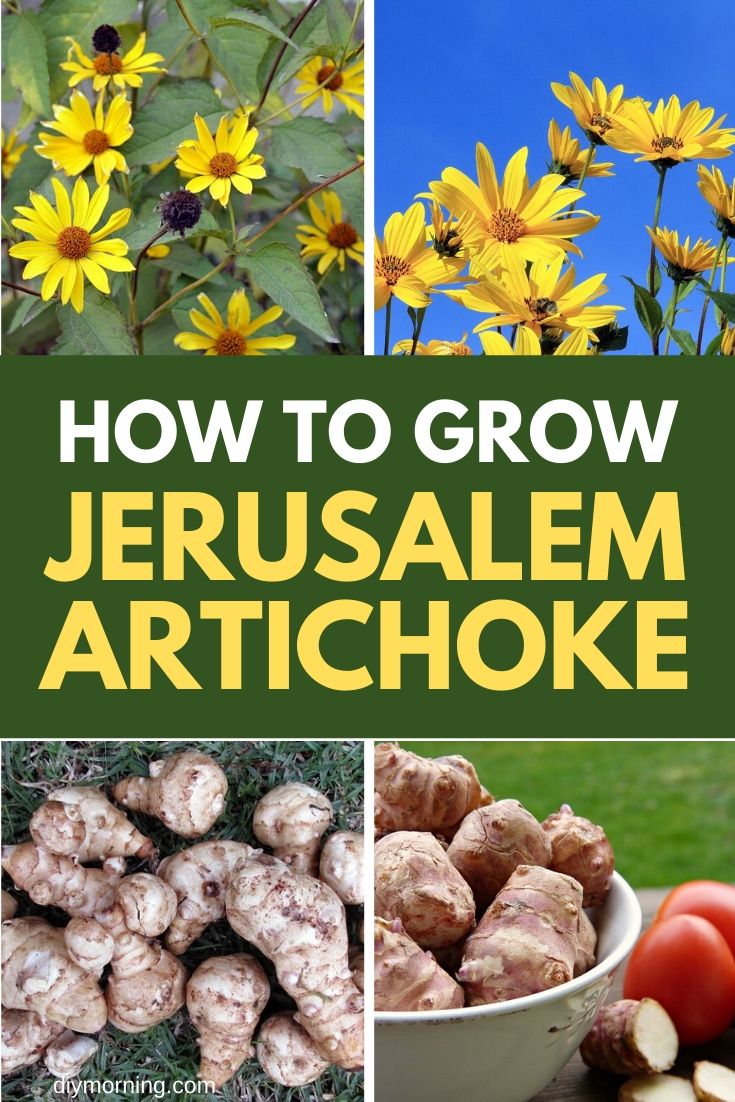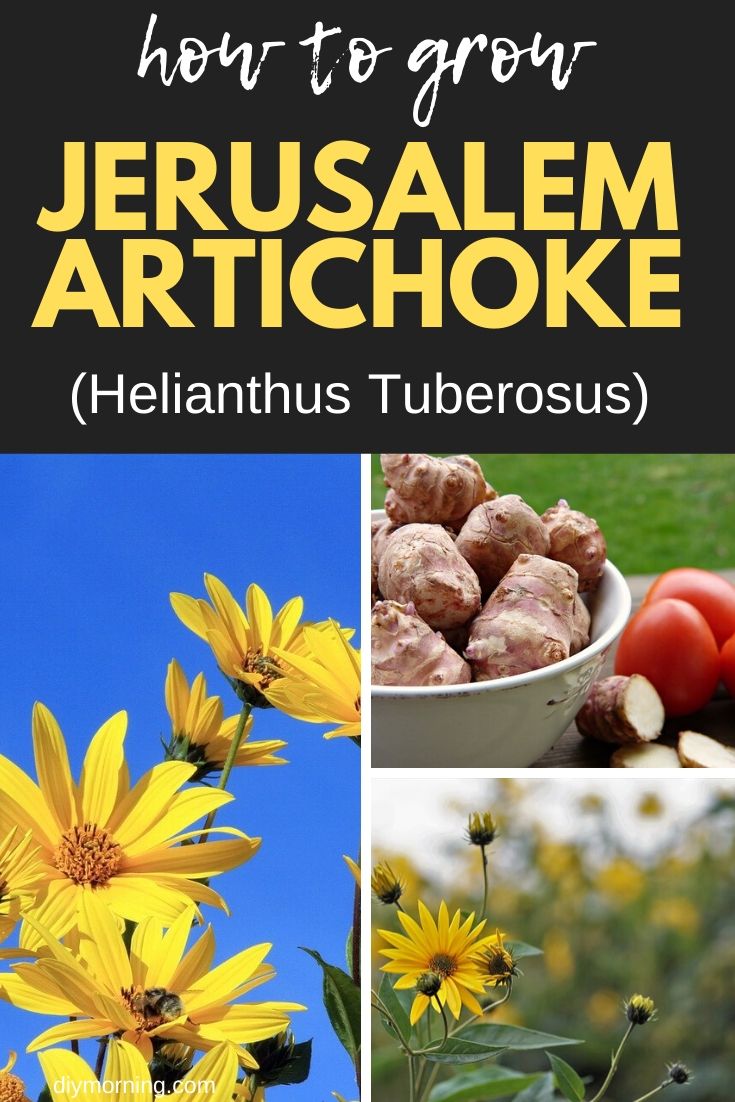The name Jerusalem Artichoke is a misnomer. This plant is not an artichoke nor is it from Jerusalem. The is a member of the sunflower family, Helianthus tuberosus.
The name Jerusalem artichoke is a misnomer. This plant is not an artichoke, nor is it from Jerusalem. The tall plant is a member of the sunflower family, Helianthus tuberosus.
Sunchoke is a more appropriate name. It’s grown for its edible tubers, which were first cultivated by native Americans before the arrival of the Europeans. It has been been propegated for over 500 years.
Table of Contents
These tubers are harvested in the spring or fall. If left in the ground without harvesting, the plants can become invasive, but are easily eradicated by swine or by cultivation.
The chokes will grow in less than desirable soil. The tubers are of equal value to potatoes as food. Also, they are easier to cultivate and more productive. Stalks, leaves and tubers can be fed to livestock.
According to NC State University, there are few distinct varieties known. Under ideal conditions, yields can be 600 to 1,000 bushels per acre. Sunchokes are practically disease and pest free.
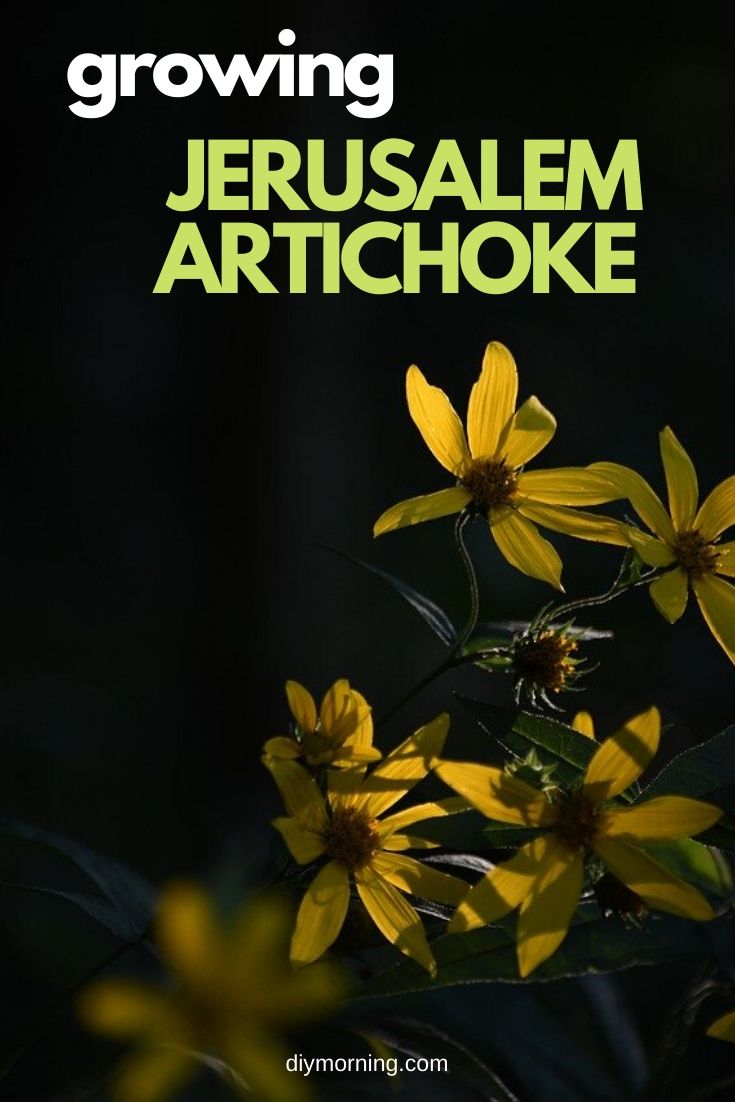
1. Common Names
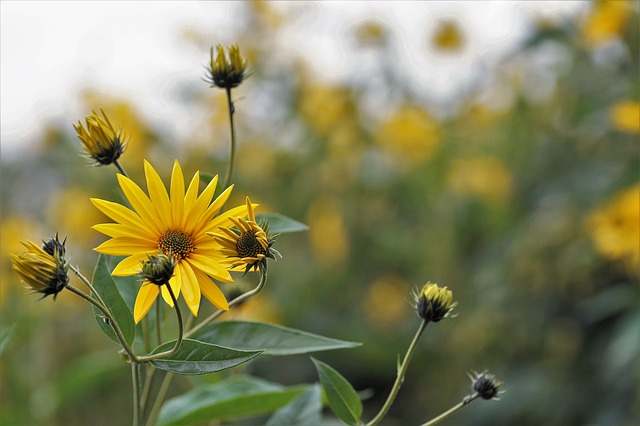
Jerusalem artichoke, sunchoke, sunroot, earth apple, topinambur
2. Soil

The plant prefers a sandy, well-drained soil, but will grow on any soil that is not wet. This is a drought resistant plant. It will even grow in poor or gravelly soil, but if fertilized will do just as well as in ideal conditions
3. Planting Distances
Rows should be one to one and a half meters (three to five feet) apart with plants within the row a half meter (two feet) apart, or plant in a square one meter by one meter (three by three feet).
4. Planting Depth
Five centimeters (two inches).
5. How to Plant
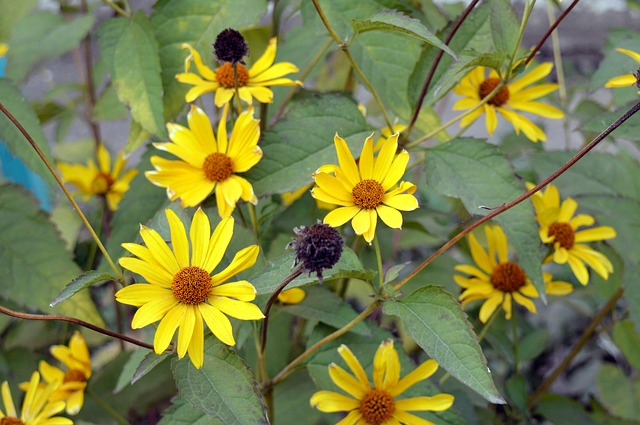
Plant whole tubers. If the tubers are small, plant two or three together. If the tubers are large, they may be cut into two eyes. Plant as soon as the ground can be worked in spring, or set out in the fall.
Keep the bed weed free and the plants will eventually shade the ground and take care of the weeds. For best results, remove all flowers.
6. Harvesting
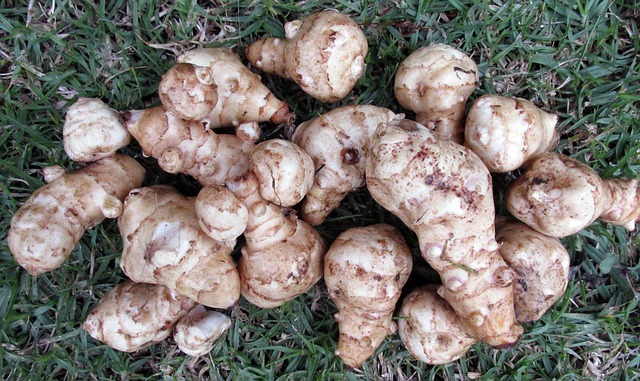
The plant needs a season of five months (approximately 20 weeks or 140 days). The plants will get very tall – up to three meters (10 feet). Dig the tubers in the fall when the tops are dead, or leave in the ground over winter, and dig in the spring.
7. Storage
Tubers will keep a long time if kept in a cool place away from air.
8. Use
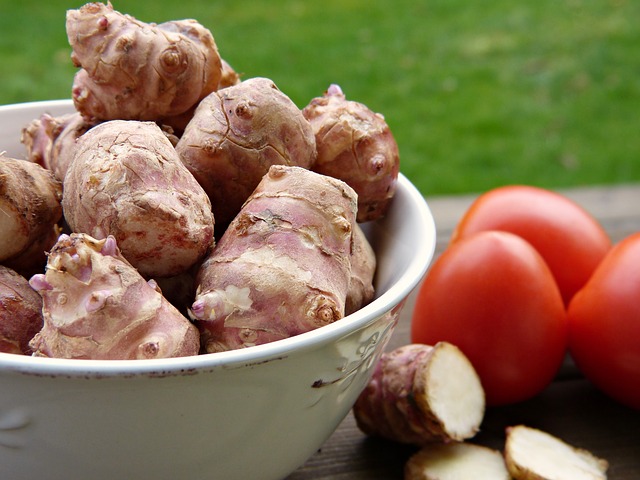
Sunchokes can be prepared and eaten like potatoes, steamed, baked or boiled.
